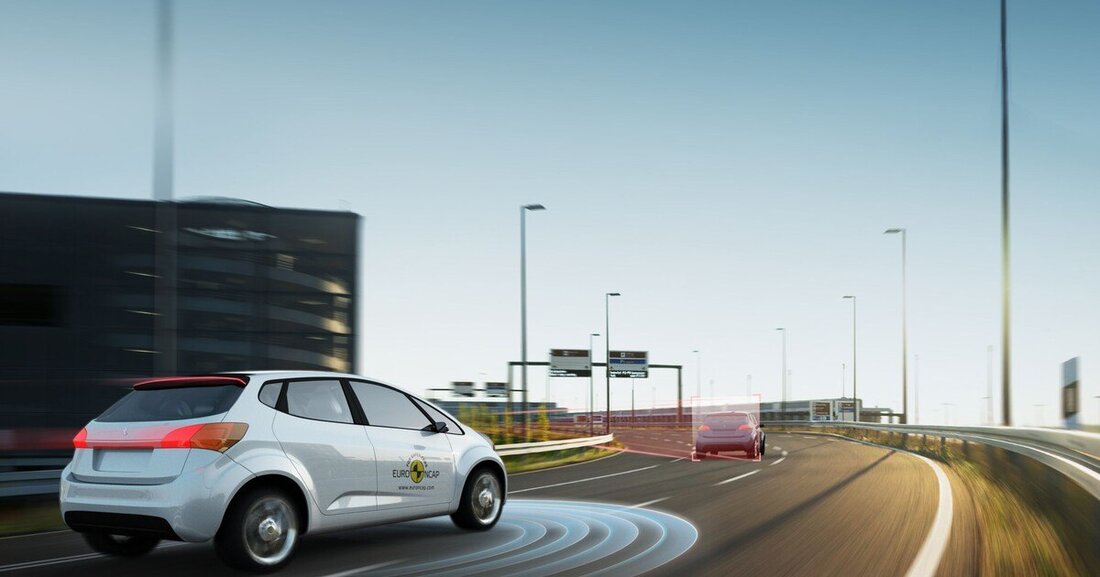ÖAMTC is testing new assistance systems
The ÖAMTC is testing new assistance systems with ten new vehicles. Not everyone can convince.

ÖAMTC is testing new assistance systems
A constantly growing number of assistance systems ensure that more and more tasks are made easier or even relieved of the driver. For this reason, the ÖAMTC and its partners in the Euro NCAP crash test consortium have developed a new test that - in contrast to previous crash tests, which also include many other criteria - is entirely dedicated to electronic helpers. The focus is on two areas: “Assistance competence” assesses the balance between support and driver involvement, “Safety Backup” examines the reliability and response of an assistance system in emergencies. “Both areas include several subcategories with different weightings,” explains Max Lang, vehicle safety expert at the ÖAMTC. Everything put together results in a rating for each test candidate that is either “very good”, “good”, “moderate” or “basic level”. The testing is not carried out in the laboratory, but rather through driving tests on test routes and roads that have to meet certain minimum standards.
The test premiere included ten vehicles: Audi Q8, BMW 3 Series, Ford Kuga, Mercedes GLE, Nissan Juke, Peugeot 2008, Renault Clio, Tesla Model 3, VW Passat and Volvo V60. The premium models Audi Q8, BMW 3 Series and Mercedes GLE, whose powerful and safe assistance systems work well without the driver losing any independent control, scored “very good”. "At the other end of the evaluation spectrum, the Renault Clio and Peugeot 2008 are two vehicles that only meet the minimum requirements. Their systems provide the driver with relatively little assistance, which means that he has to concentrate more on the driving task," summarizes Lang.
Between these rating poles lie the Ford Kuga (“good”), Nissan Juke, Tesla Model 3, VW Passat and Volvo V60 (each “moderate”). While Ford shows with the Kuga that equipping with good assistance systems is not reserved for premium manufacturers, the results from Tesla and Volvo in particular seem disappointing. “You can tell that the V60 has been on the market for a few years,” says Lang. “The test clearly shows how quickly the technology in this area has developed – what was state of the art a few years ago is now just average.” Tesla's Model 3, on the other hand, is equipped with the latest technology and can achieve high points in various areas. "However, Tesla's 'autopilot' ensures that the driver is not as focused as he should be: the vehicle sometimes actually gives the impression that it is driving fully automatically. However, the technology is still far from being sophisticated enough for that," says Lang.

 Suche
Suche
 Mein Konto
Mein Konto